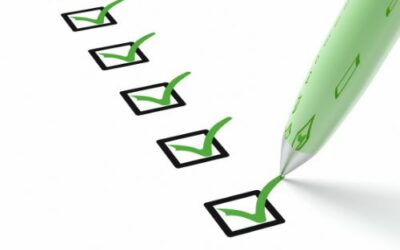
So, what is the best way to create an asset register in 2023? We’re going to look at this now.
Know Your Assets
For example, your assets may consist of:
- Computers and laptops
- Tablets and mobile phones
- Tools and equipment
- Stationary
- Buildings
- Machinery
- Vehicles
Take a look at all of your assets so that you know what you have. Go from office to office, site to site, building to building, etc. If you have a lot of assets you may want to ask someone to help you with this task.

Using Your Asset Register App
Please note, that it may be helpful for you to navigate your way around your new app before you add assets. When you are familiar with the app you are more likely to find it useful. When it comes to creating a digital profile for your assets you need to ensure you do it correctly. Take some time to get used to the app and all that it has to offer you.
Another useful thing you can do is to think about which assets you’re going to add first. Will you add all of the computers first or simply go from office to office adding the assets? The latter option might be the easiest as you’re less likely to miss anything out.
Adding Details To Each Digital Profile
- The date and price of purchase
- Where you purchased the computer
- The make and model
- The computer’s insurance and warranty information
- How long you expect the computer to last for
- The computer’s serial number
- The usual location that the computer is found in
- A photograph of the computer
- The maintenance schedule
- Any important notes
You should be aware that not every asset register app will offer you all of these options. Therefore, it may be worth your while taking a look at more than one asset register app. The more options an app offers you, the easier it could be for you to create an asset register in 2023.
You may find that you don’t wish to add all of the above information to each asset’s digital profile for the time being. However, you may find that you need to add the information at a later date. This is something that you should be able to do with ease. Thanks to the way that many asset apps work, you can add as many details as you wish.
Tracking Your Assets
Some register apps only allow you to create a digital profile once you have scanned an RFID tag or QR code. This is because the action of scanning creates a digital profile to which you can add the information you wish.
As soon as a digital profile has been created, it may be possible for you to track the asset in question. This can prove to be useful even if your assets stay in the same location all of the time. You could, for example, track who has been using a machine, or how long it is used each time. All of this data can provide you with a whole host of information that can be incredibly useful.
Did you know that being able to track an asset’s location via an asset register app boosts security? This is because you can locate your assets all day, every day.
If you would like to talk to someone about how an asset register app could help your business contact itemit today. You can reach us now at: team@itemit.com. Alternatively, you could complete the form found below to begin a 14-day free trial.

Try itemit
Choose a better way to track
your assets.
Start your free 14-day trial now!

Keep Learning
itemit Blog
Tips, guides, industry best practices, and news.
Why Having An Accurate Asset Register Is Important
Why is having an accurate asset register so important and how can it help with equipment tracking? Read this post now to find out!
What To Include In Your Fixed Asset Register
What should you include in your fixed asset register and how can you make it work for you? Read this post now to find out!
What Exactly Is An Asset register?
What exactly is an asset register and will your chosen asset register format offer you everything you need? Read this post to find out!



